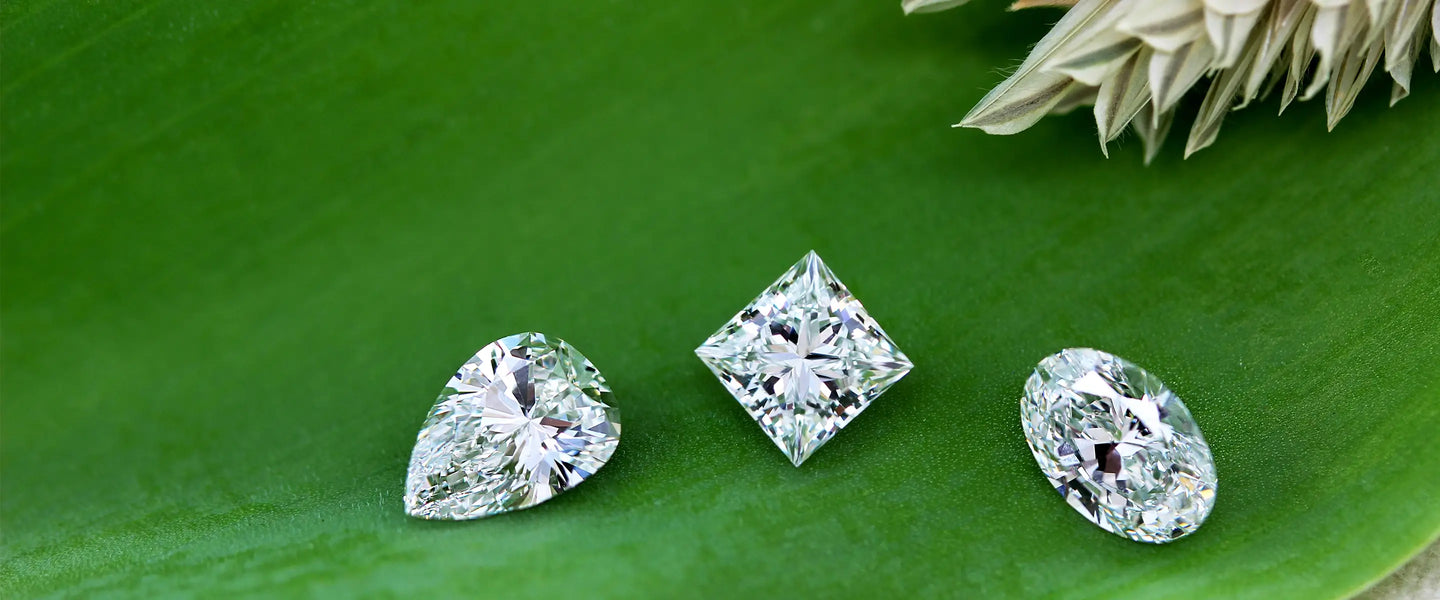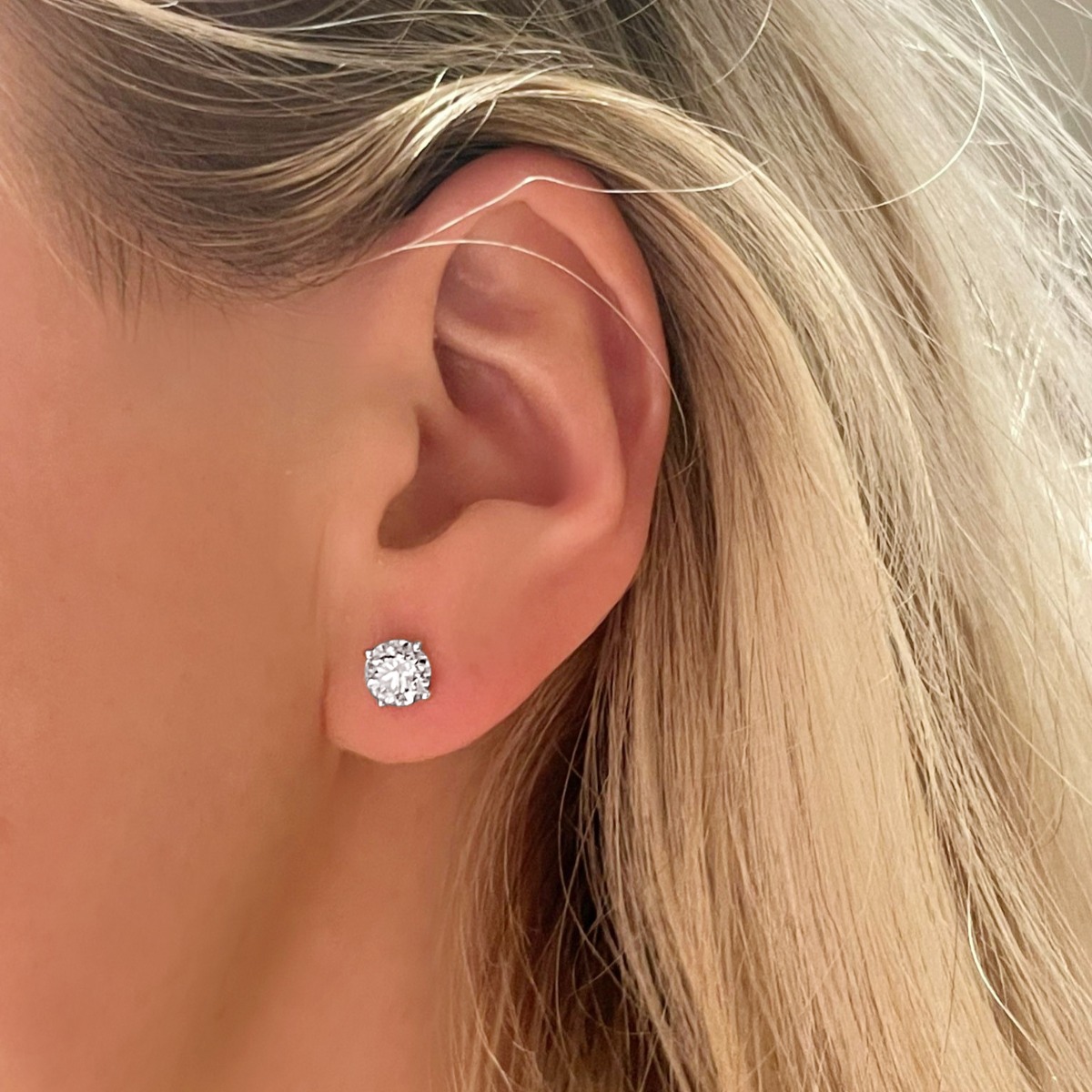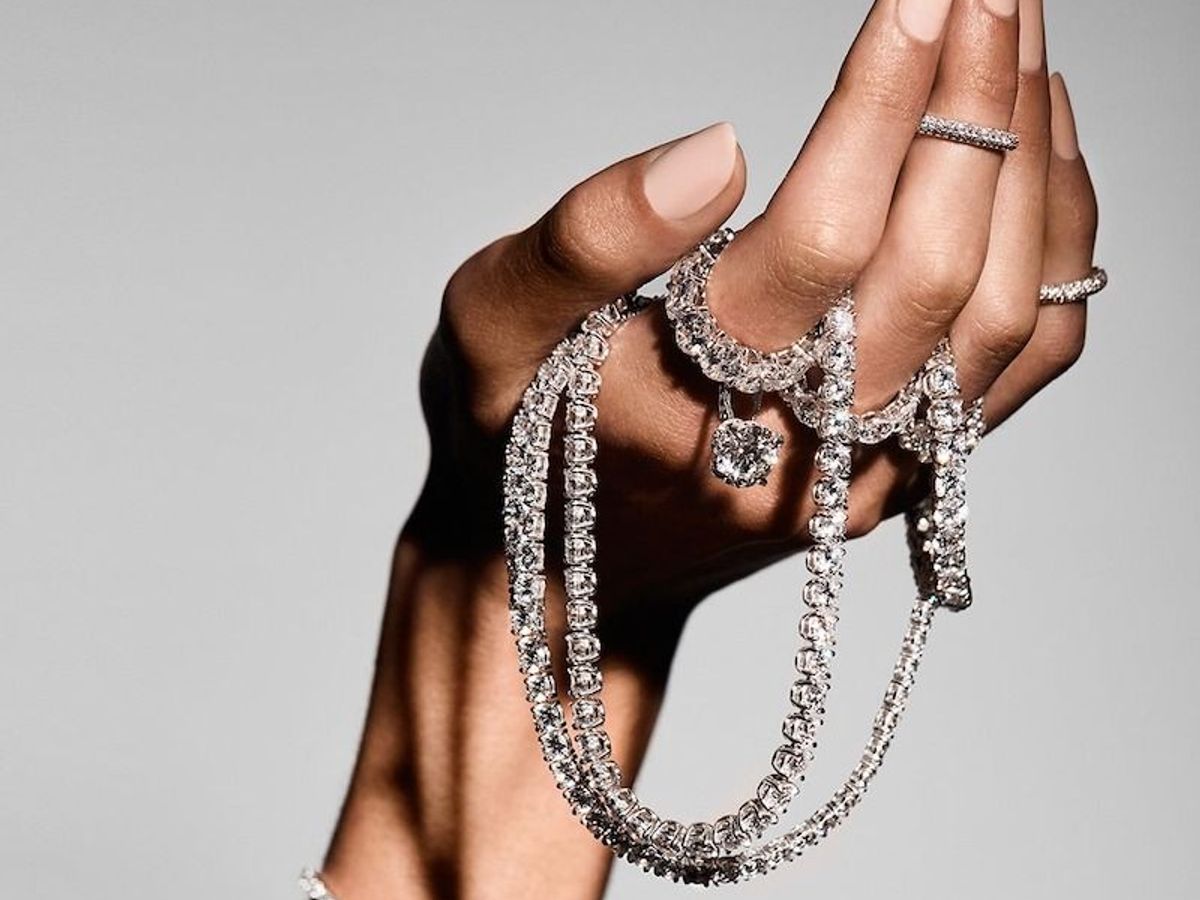Moissanite vs Diamond: Which is the Better Choice for Your Jewelry
 Posted On
Posted On
When it comes to selecting the perfect gemstone for jewelry, two of the most popular options are moissanite vs diamond. Both stones share stunning brilliance, hardness, and elegance, but they differ significantly in terms of origin, price, and overall appeal. Understanding the differences between moissanite vs diamond will help you make an informed decision on which stone is best for your needs, whether you are looking for an engagement ring, a gift, or simply a beautiful piece of jewelry.
What is Moissanite vs Diamond?
Before comparing moissanite vs diamond, it’s important to understand the basic characteristics of each gemstone. Diamonds are naturally occurring, formed deep within the Earth’s crust under extreme pressure and heat over millions of years. They are composed of carbon atoms arranged in a crystal lattice, making them the hardest known material. Moissanite, on the other hand, is a man-made gemstone that was originally discovered in a meteor crater by French scientist Henri Moissan in 1893. Today, moissanite is lab-created using silicon carbide, resulting in a stone that mimics many of the properties of diamonds.
Appearance: Moissanite vs Diamond
When comparing moissanite vs diamond, the appearance of each stone is one of the most significant differences. Both stones exhibit exceptional brilliance and sparkle due to their high refractive index, but moissanite is known to have even more brilliance than diamonds. This is because moissanite has a higher refractive index, which causes it to reflect more light, giving it a fiery, rainbow-like sparkle. While diamonds offer a more subdued, white brilliance, moissanite vs diamond often comes down to personal preference. Some people prefer the extra sparkle of moissanite, while others favor the classic, understated elegance of diamonds.
Durability: Moissanite vs Diamond
When considering moissanite vs diamond, durability is another important factor. Diamonds are the hardest naturally occurring substance on Earth, rated at 10 on the Mohs hardness scale. This makes them incredibly resistant to scratching and wear, making diamonds an excellent choice for everyday jewelry, particularly engagement rings. Moissanite is also a very durable stone, with a hardness rating of 9.25 on the Mohs scale. While it is not as hard as diamonds, moissanite is still highly durable and can withstand daily wear without significant damage. In terms of moissanite vs diamond durability, diamonds are the top contender, but moissanite is still a strong and resilient option for jewelry.
Cost: Moissanite vs Diamond
One of the most compelling reasons to choose moissanite vs diamond is the cost. Diamonds can be significantly more expensive than moissanite, often priced by the carat, color, clarity, and cut. A high-quality diamond can cost thousands of dollars, making it an expensive investment for most buyers. Moissanite, on the other hand, is much more affordable, often costing a fraction of the price of a comparable diamond. This makes moissanite an attractive alternative for those seeking the look and feel of a diamond without the hefty price tag. When comparing moissanite vs diamond from a financial perspective, moissanite provides exceptional value for its price.
Environmental Impact: Moissanite vs Diamond
In terms of environmental impact, moissanite vs diamond offers significant differences. Diamond mining can cause considerable environmental harm, including deforestation, soil erosion, and water pollution. Additionally, the extraction process is energy-intensive and can have long-lasting ecological consequences. Moissanite, being lab-created, has a much lower environmental impact. The production of moissanite does not require mining, which means it is a more sustainable and eco-friendly option. For environmentally conscious consumers, the choice between moissanite vs diamond is clear, as moissanite is the more environmentally responsible choice.
Rarity and Uniqueness: Moissanite vs Diamond
Diamonds are rare, natural gemstones that have been highly sought after for centuries. Their rarity contributes to their value and appeal, and many people are drawn to diamonds because of their scarcity. Moissanite, while rare in nature, is more commonly available today because it is lab-created. This makes moissanite an accessible and abundant option for consumers who want a gemstone with similar brilliance to lab grown diamonds. While diamonds may be considered more unique due to their natural origins, moissanite vs diamond still offers the option of a stunning, high-quality stone at a more affordable price.
Ethical Considerations: Moissanite vs Diamond
For some consumers, moissanite vs diamond is a question of ethics. Traditional diamond mining has been linked to human rights issues, particularly in conflict zones where diamonds are mined under exploitative conditions. These “blood diamonds” have led to significant concerns regarding the ethics of diamond sourcing. Moissanite, being lab-created, has no such ethical concerns, as its production process does not involve exploitative labor practices or contribute to conflict. For individuals seeking an ethical alternative to traditional diamonds, moissanite vs diamond presents moissanite as a more socially responsible choice.
Popularity and Tradition: Moissanite vs Diamond
Diamonds have long been considered the standard for engagement rings and fine jewelry, symbolizing love, commitment, and luxury. The tradition of giving a diamond as a symbol of engagement or marriage dates back over a century and remains an important cultural practice. While moissanite has gained popularity in recent years as a more affordable and ethical alternative, it has not yet achieved the same level of recognition or tradition as diamonds. Moissanite vs diamond in terms of tradition often comes down to personal preference—some individuals may prefer the timeless appeal and cultural significance of diamonds, while others may appreciate the modern, ethical, and cost-effective appeal of moissanite.
Conclusion: Moissanite vs Diamond – Which is Right for You?
In conclusion, the choice between moissanite vs diamond depends on several factors, including appearance, durability, cost, ethical considerations, and personal preferences. While diamonds are prized for their rarity, timeless appeal, and enduring value, moissanite offers an affordable, eco-friendly, and durable alternative that provides exceptional brilliance and sparkle. For those seeking an ethically sourced and cost-effective gemstone, moissanite is an attractive option. However, for those who value tradition and the natural rarity of diamonds, a diamond may be the preferred choice. Ultimately, the decision between moissanite vs diamond is a personal one, and both stones offer their own unique set of benefits.








